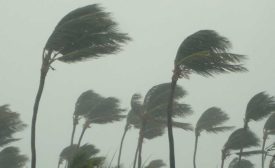Government Safety Regulations
2024's "Dirty Dozen” unsafe employers revealed
Uber, Lyft, SpaceX, Walmart, Waffle House, Tyson among companies singled out for poor safety practices
April 29, 2024
OSHA issues final rule to clarify rights to employee representation during inspections
The rule clarifies how workers can choose their walk-around representatives
March 29, 2024
Never miss the latest news and trends driving the safety industry
eNewsletter | Website | eMagazine
JOIN TODAYCopyright ©2024. All Rights Reserved BNP Media.
Design, CMS, Hosting & Web Development :: ePublishing










